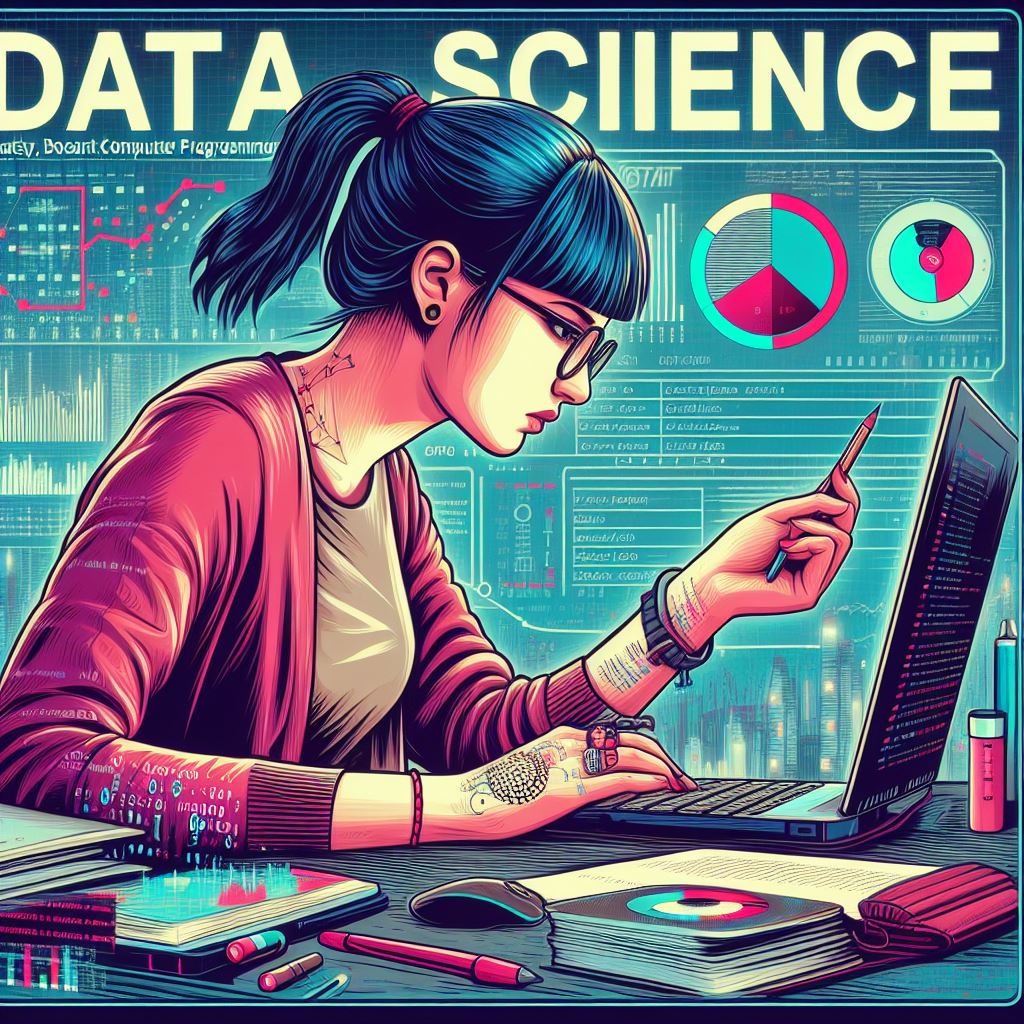Transfer learning is an advanced machine learning technique that has revolutionized the way models are trained and deployed. In simple terms, transfer learning allows a pre-trained model to be fine-tuned for a new but related task, reducing the need for large amounts of data and computational power. This technique has become a crucial tool for machine learning practitioners, especially in areas where labeled data is scarce or expensive to collect.
At its core, transfer learning leverages knowledge gained from solving one problem to improve the performance of models on a new problem. The idea is to take a model that has been trained on a large, general dataset (such as ImageNet for image classification) and adapt it to solve a more specific task with a smaller dataset.
How Transfer Learning Works
Transfer learning can be understood in three key steps:
Pre-training: A model is first trained on a large, diverse dataset that allows it to learn general features and patterns. This stage helps the model to develop foundational knowledge that can be transferred to new tasks.
Fine-tuning: After the pre-training phase, the model is adapted to the specific task by fine-tuning it on a smaller, task-specific dataset. This process involves updating the weights of the model to specialize in the new task while retaining the knowledge from the initial training.
Deployment: Once the model is fine-tuned, it is ready to be deployed for real-world applications, where it can make predictions or classifications based on the new data.
Types of Transfer Learning
Transfer learning is often classified into three main types:
Inductive Transfer Learning: This is the most common form of transfer learning, where the model learns from one task and applies that knowledge to a different, but related task.
Transductive Transfer Learning: In this case, the model applies its knowledge to the same task but on different data, often seen when there are shifts in the data distribution.
Unsupervised Transfer Learning: This type involves learning from unlabelled data, making it suitable for tasks where labeling is difficult or impractical.
Why is Transfer Learning Important?
Efficiency in Training: Training machine learning models from scratch requires substantial amounts of data and time. Transfer learning reduces these requirements by enabling the reuse of existing models.
Improved Performance: Transfer learning often results in better performance, especially when the available data for the new task is limited. The pre-trained model has already learned general features that are useful for many tasks, which allows it to generalize better to new data.
Cost-Effectiveness: Gathering and labeling large datasets can be costly and time-consuming. By using transfer learning, businesses and researchers can save on both the data collection and computational resources.
Applications Across Industries: Transfer learning has been successfully applied in various fields, including image classification, natural language processing, and even healthcare. It allows for the rapid development of powerful models that can be tailored to specific use cases with minimal effort.
Real-World Applications of Transfer Learning
Image Recognition: One of the most well-known applications of transfer learning is in image recognition. For example, a model pre-trained on a large dataset of general images can be fine-tuned to recognize specific objects, such as animals or medical scans.
Natural Language Processing (NLP): In NLP, transfer learning techniques such as BERT and GPT-3 have been pre-trained on vast amounts of text data and then fine-tuned for specific tasks like sentiment analysis, translation, or question answering.
Healthcare: Transfer learning has shown promise in medical image analysis, where models trained on general images can be adapted to detect specific conditions, such as tumors or fractures, with limited labeled data.
Challenges of Transfer Learning
While transfer learning offers significant advantages, it also comes with its own set of challenges. One of the key issues is finding an appropriate pre-trained model that is relevant to the new task. Additionally, the model may not always perform well if the new task differs significantly from the pre-training task.
Conclusion
Transfer learning has become an indispensable technique in machine learning, enabling faster, more efficient, and cost-effective model development. By leveraging pre-existing knowledge from large datasets, transfer learning has opened up new possibilities for creating powerful models with less data and fewer resources. Whether in image recognition, natural language processing, or healthcare, transfer learning is transforming industries and advancing the field of artificial intelligence.
